For more than two decades, the Potomac Foundation has been helping the countries of Eastern Europe and the post-Soviet states to integrate with the West and gradually adapt to NATO standards. Therefore, it is difficult to overestimate the support that Ukraine receives from the Foundation and directly from its president, Phillip Karber. Professor Phillip Karber, Ph.D. in Political Science, is an internationally recognized expert on defense and national security who prepares defense strategy recommendations for U.S. government officials. He has repeatedly spoken in parliamentary defense committees of the UK, Canada, Denmark, France, Germany, Poland, South Korea, Sweden, and the Netherlands. But the main thing is that Dr. Phillip Karber is a true friend of Ukraine, who has seen the war in the ATO/JFO area dozens of times and who is convinced that today's Ukrainian army with its combat experience is one of the best in Europe, and Ukraine is a shield that defends Europeans from the Russian expansion.
In an interview with Ukrinform, the president of the Potomac Foundation spoke about the threat of a merger of the armed forces of the Russian Federation and Belarus, how many Russian troops are currently on the border with Ukraine, whether there is real bicameral support for Ukraine in the U.S. Congress, and what we should expect from Biden-Putin meeting.
NEW LAND LEASE IS OUR ANSWER TO HOW ARMED FORCES CAN ENSURE THEIR COMBAT CAPABILITY
Question: A new strategy for cooperation between Ukraine and the United States in the defense sphere is being discussed. Are the details known - what is the nature of it, how will it differ from the previous stage of cooperation?
Answer: When there is a transition period after the presidential election, you realize that personnel issues are addressed first and foremost, and now, for example, many positions in the State Department have not yet been replaced, including those responsible for politics in Europe. Therefore, of course, before forming these positions, it is too early to talk about the strategy, because it is unclear who will be directly responsible for it.
In addition, the strategy of the new Administration towards Ukraine will also be conditioned by the strategy of the new Administration towards the Russian Federation. And today it is also unclear what it will be - aimed at confrontation, geopolitical competition, or another detente. At the same time, we are well aware that it makes no sense to build any contractual relations with Russia, since Russia has violated half a dozen different international bilateral agreements with the United States in recent years.
The strategic importance of Ukraine and the attitude of the United States towards it will also be determined by how events will develop around the military escalation on Ukraine's borders, which was observed in the spring, and it is likely to continue in the summer as well. At the same time, we see that the situation with Belarus will also influence this, because we understand that the Russian Federation will most likely join this "Belarusian front" as well.
Here we need to understand the importance of Ukraine in terms of global security. Because in fact, two world wars began in this region, Ukraine was the theater of these hostilities during the World War I and World War II. And, unfortunately, it seems that this rule is maintained, Russia's behavior indicates that Ukraine is still a place where such conflicts can arise.
I would like to remind you that the United States has taken the same position during all world conflicts - it did not want to be involved in conflicts that seemed to be somewhere far away, in Europe, but in the end the United States was still involved in the conflict. So there is actually certain inevitability for the United States.
After the end of the Cold War, the United States did a lot to get the former Warsaw Pact countries to join NATO. In addition, the United States dragged Ukraine into the Budapest format, as a result of which Ukraine lost the status of a nuclear state. And, of course, the United States should be held accountable for the security situation in Ukraine.
You should know that there is a group of experts outside the government in the United States, to which I also belong and which is currently working on the development of this strategy of bilateral Ukrainian-American relations. In my opinion, the strategy should consist of three parts. The first one is that Ukraine must officially become a strategic partner of the United States. I deliberately do not use the term that is very commonly used - "major non-NATO ally." We need Ukraine to stabilize Eastern Europe, and a strong Ukraine is in our strategic interest.
Secondly, a strong Ukraine needs strong Armed Forces. It is expensive to keep such Armed Forces, so a new land lease is our answer to the question of how the Armed Forces can ensure their combat capability.
Due to Russia's aggressive behavior in the region, especially with regard to the militarization of the Black Sea region, the United States and NATO require the presence of the Air Force in the region. And from this point of view, Ukrainian bases, airfields used by the Air Force of the Armed Forces of Ukraine, are extremely important for such an air presence. Especially in connection with the unfortunate development of events in Belarus, when we understand that Belarus is becoming part of Russia, and thus - a Russian dagger pointed at the heart of Warsaw. We understand that the United States also needs an air force presence along the entire border at least in order to monitor the situation on an ongoing basis and to be able to early detect and prevent military threats
When I talk about Ukrainian airfields and other Ukrainian bases that can be used by the U.S. Air Force, we are not, of course, talking about the permanent deployment of U.S. military bases in Ukraine. Rather, I am talking about the fact that the Ukrainian Air Force infrastructure should be developed and able to receive U.S. Armed Forces aircraft if necessary, including for temporary flights for the purpose of conducting air reconnaissance and assessing the situation.
In essence, Ukraine can offer the United States to use its airspace and Air Force infrastructure for such joint patrols.
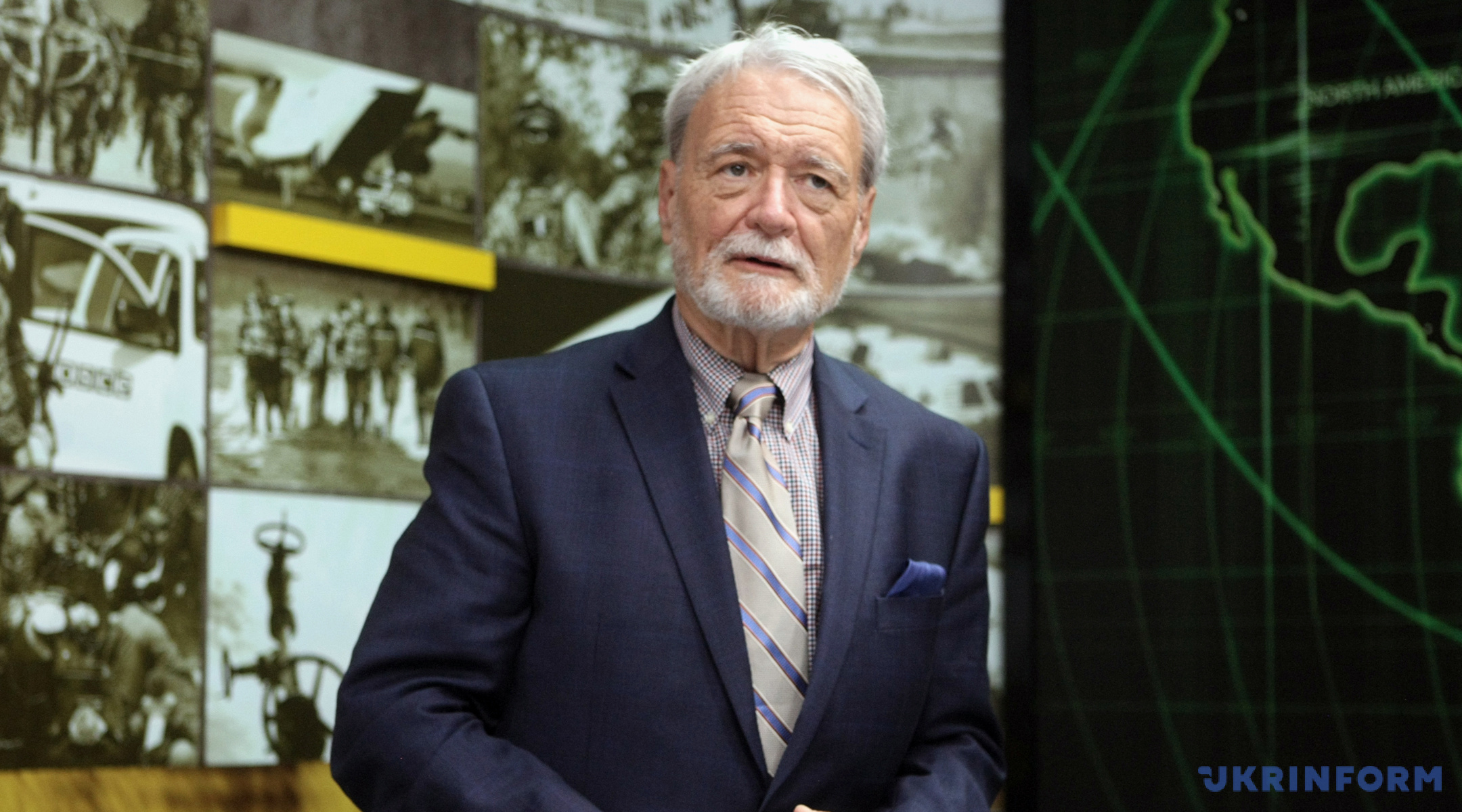
Question: What can the United States offer in return?
Answer: The U.S. Air Force is replacing a significant number of aircraft they use, and is replacing them with newer models. As a result of this replacement, a large number of aircraft with a sufficient number of flight hours, which are in excellent technical condition, will be sent for conservation. This applies to F-15 [McDonnell Douglas F-15 Eagle], F-16 [General Dynamics F-16 Fighting Falcon], A-10 [Fairchild-Republic A-10 Thunderbolt II], and AN-64 attack helicopters [McDonnell Douglas AH-64 Apache]. In fact, this should be the idea of such cooperation. That is, the United States, instead of sending these planes and helicopters for conservation, could offer them in exchange for the use of the infrastructure of the Ukrainian Air Force and the airspace of Ukraine.
You also need missile defense and the Patriot system [U.S. Patriot Air Defense Missile System]. Unfortunately, you cannot afford them, it is an expensive system, but if the United States has the potential to use the infrastructure of the Air Force of the Armed Forces of Ukraine, then there is a need to protect such infrastructure. In that case, the United States could provide such missile defense.
Thirdly, it is enough to play behind-the-scenes games in NATO. It is time to publicly declare that Ukraine must be a member of NATO. The Ukrainian Armed Forces are the strongest in Europe. They have adapted and adopted more NATO standards and procedures than the ten countries combined that were the last to join NATO.
To understand the contribution to security in NATO: the Ukrainian Armed Forces are numerous and more combat-ready than the combined Armed Forces of the above ten countries.
Question: Many people in Europe and NATO say that Ukraine cannot be a member of the Alliance because it has a territorial dispute and a war with Russia, and part of the territory is occupied by Russia.
Answer: We know that the Germans are very fond of this argument, and I usually tell them that if we had used such arguments in the 1950s, Germany, which was divided at the time and part of which was occupied by the Soviet Union, would never have become member of NATO. Moreover, if we had had such an attitude towards the Germans, we would still have two Germanys. Someone has to tell the Germans that they need to stop these talks, and the United States has to say that.
By the way, the four armies that were then on the territory of Germany are now on the borders of Ukraine and threaten the security of Ukraine.
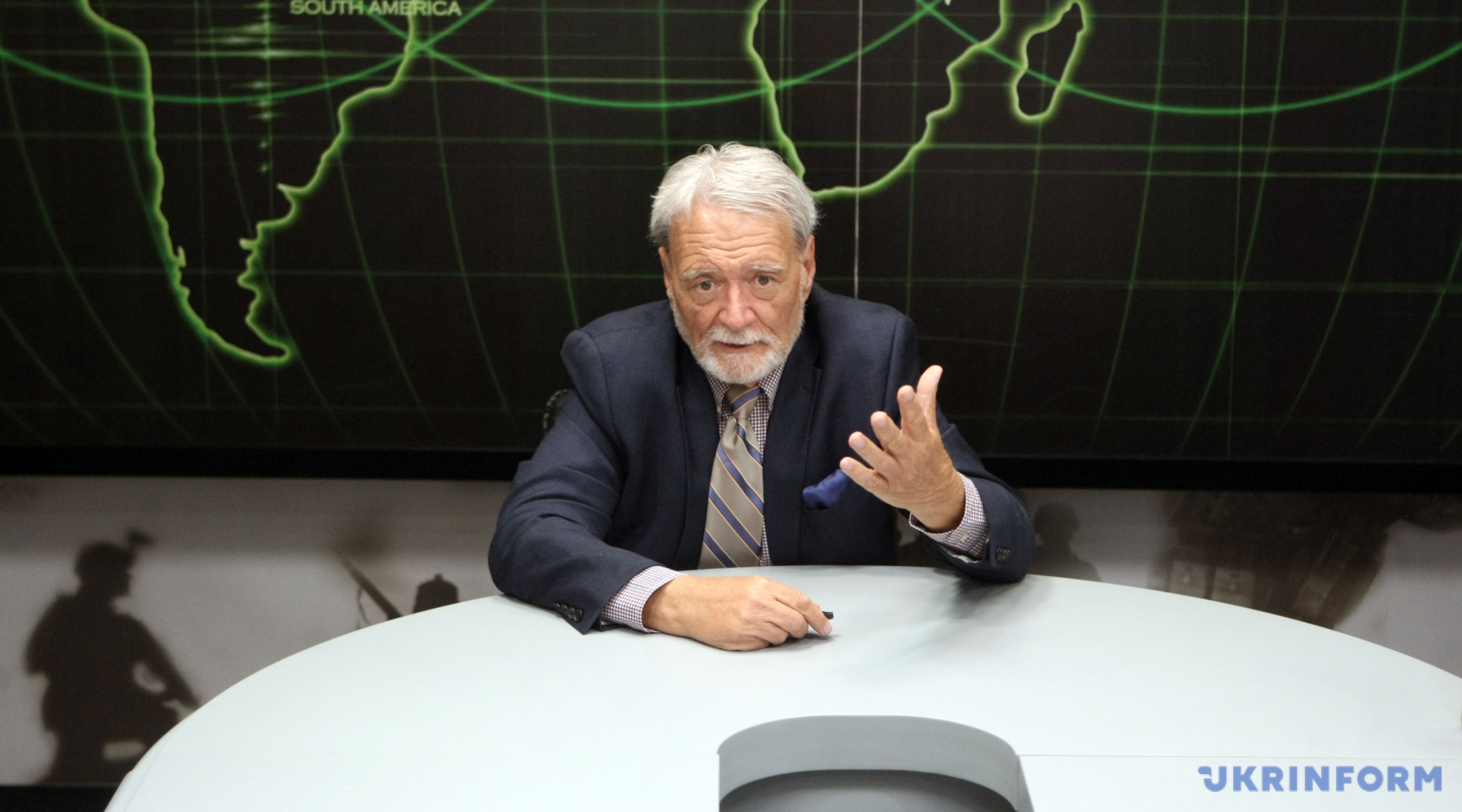
Question: You are among the few international experts familiar with Ukrainian military developments. Have you noticed how the Armed Forces of Ukraine have transformed over the years of the war? Where do you see the problems in defense reform?
Answer: The term “reform” is ambiguous, overused and often misleading. From the beginning of the conflict in 2014 to today the Armed Forces of Ukraine have been transformed. It is difficult to exaggerate the significance of the positive change from where they started in 2014 after decades of neglect to where they currently are -- the largest army in Europe with the most combat experience that already meets NATO standard more than many of its other members. As with any other military establishment, there remain various areas that need improvement as well as adapting to the challenges of emerging threats and new technology. For example, increasing the efficiency and effectiveness of the Defense Ministry’s logistics, maintenance and procurement, addressing the issue of modernization of the air force over the next decade, completing the current efforts of modernizing command and control and integrating it along with air defenses into interoperable capability with NATO. Making better use of Ukraine’s existing defense industry as well as broadening the participation of privately-owned producers. In this sense, “reform” is a continuing adaptation to change rather than radical restructuring.
Question: If you analyze the U.S. policy towards Ukraine, in your opinion, what were its weaknesses and strengths? Were there cases when the reaction of the U.S. leadership to certain events in Ukraine was insufficient or belated?
Answer: In my opinion, from the aggression in seizing Crimea in 2014 to today, American leadership has been high on words but inadequate and late in action. I believe in a different approach, in the words of American President Theodore Roosevelt, we should: “speak softly and carry a big stick.”
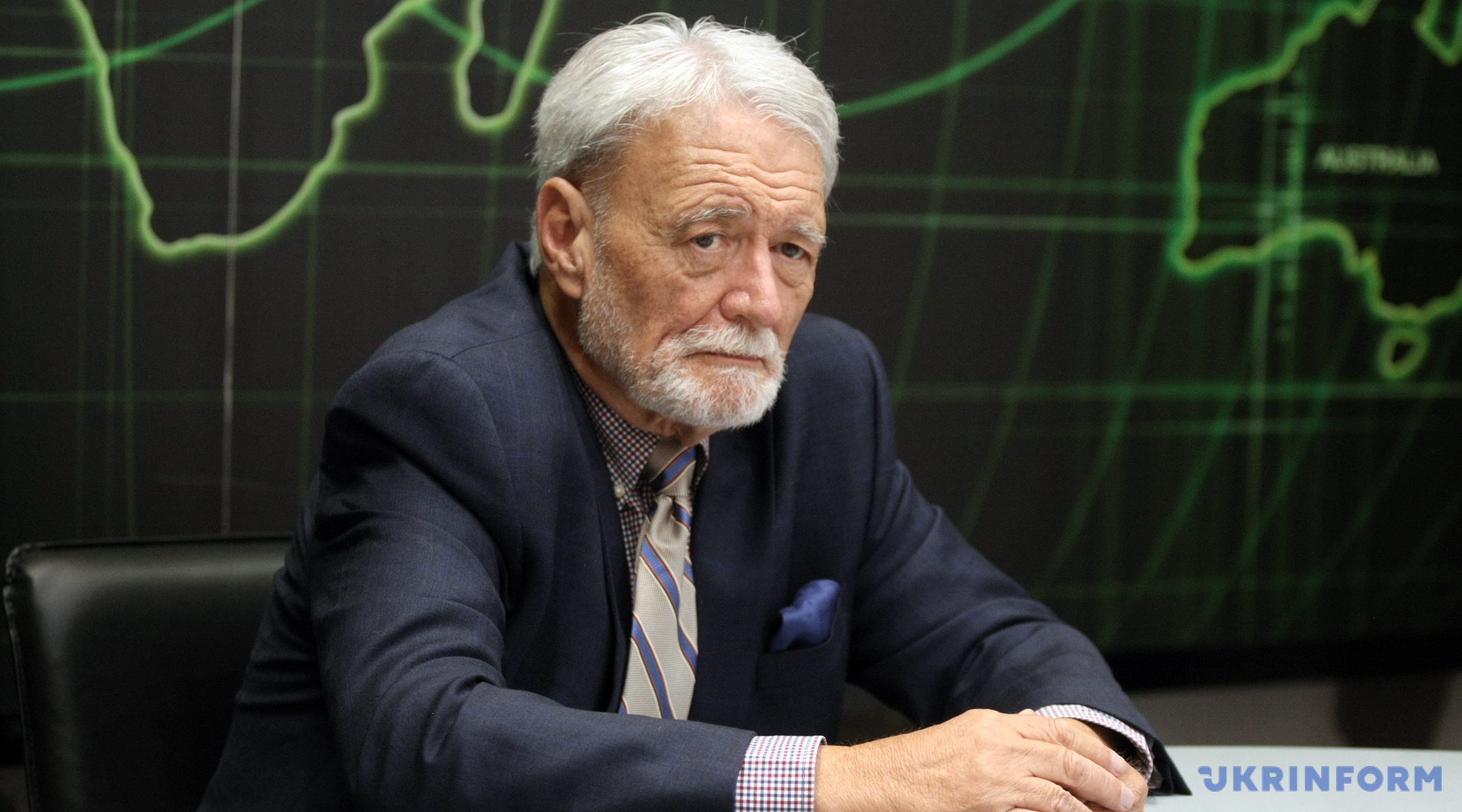
OUR POLITICAL LEADERS NEED MORE INFORMATION ABOUT MILITARY DEVELOPMENTS IN UKRAINE
Question: The Russian Federation pays great attention to lobbying its interests globally. How strong are its ties to the U.S. political establishment and is it actively promoting the thesis of non-intervention of Western countries in the post-Soviet space in the new administration? How well are senators and congressmen aware of the situation in Ukraine?
Answer: Russian efforts to subvert, demoralize as well as exploit agents of influence in Western countries is well known. I do not believe that it is seriously effective in the United States and in fact the more they try it, the more counterproductive it is for their purposes. In 2014 most Americans couldn’t point to Ukraine on a map. Today there is a widespread recognition of Russian aggression against Ukraine as evidenced in the most recent Russian aggression along the border and in Crimea, but our political leaders and partners definitely need more information about military developments. For example, as recently as last month America’s top Generals expressed concerns to our Commander and Chief that more needs to be done in providing “open source” information on emerging threats. The more the Ukrainian government helps in tracking and publicizing Russian military activity against Ukraine, the Black Sea and Belarus the more it contributes to meeting that informational challenge.
UNFORTUNATELY, INTERPARTY COOPERATION BETWEEN REPUBLICANS AND DEMOCRATS FOR SUPPORTING UKRAINE DECREASES
Question: There is a lot of talk about the bicameral support of the U.S. Congress for Ukraine's sovereignty and territorial integrity. How real is it?
Answer: In 2014, General Clark and I gave several reports to the U.S. Congress on the situation in Ukraine including a 300 page study of “Russian State Sponsored Terrorism Against Ukraine (29 JUL 2014), unfortunately while both political parties – the Democratic Party and the Republican Party – remain supportive inter-party and joint collaboration has declined as domestic issues have dominated American electoral politics. Hopefully the process of developing a new U.S. strategy towards Ukraine will help bring all the parties together in a joint vision and support of a collective mission.
Question: How would you access the level of dialogue between defense agencies of the U.S. and Ukraine? Would you say that Ukraine has already defined its needs in American support?
Answer: Since 2014 Ukraine has provided specific requests for support of its defense needs. These requests have been focused on emergency requirements and, aware of American policy positions at the time, constrained in quantity and cost. As there is an emerging American strategic recognition of the importance of Ukraine, it will require that Ukraine develop a longer-range vision, participate in a mutual strategic dialogue, and develop a joint strategic perspective.
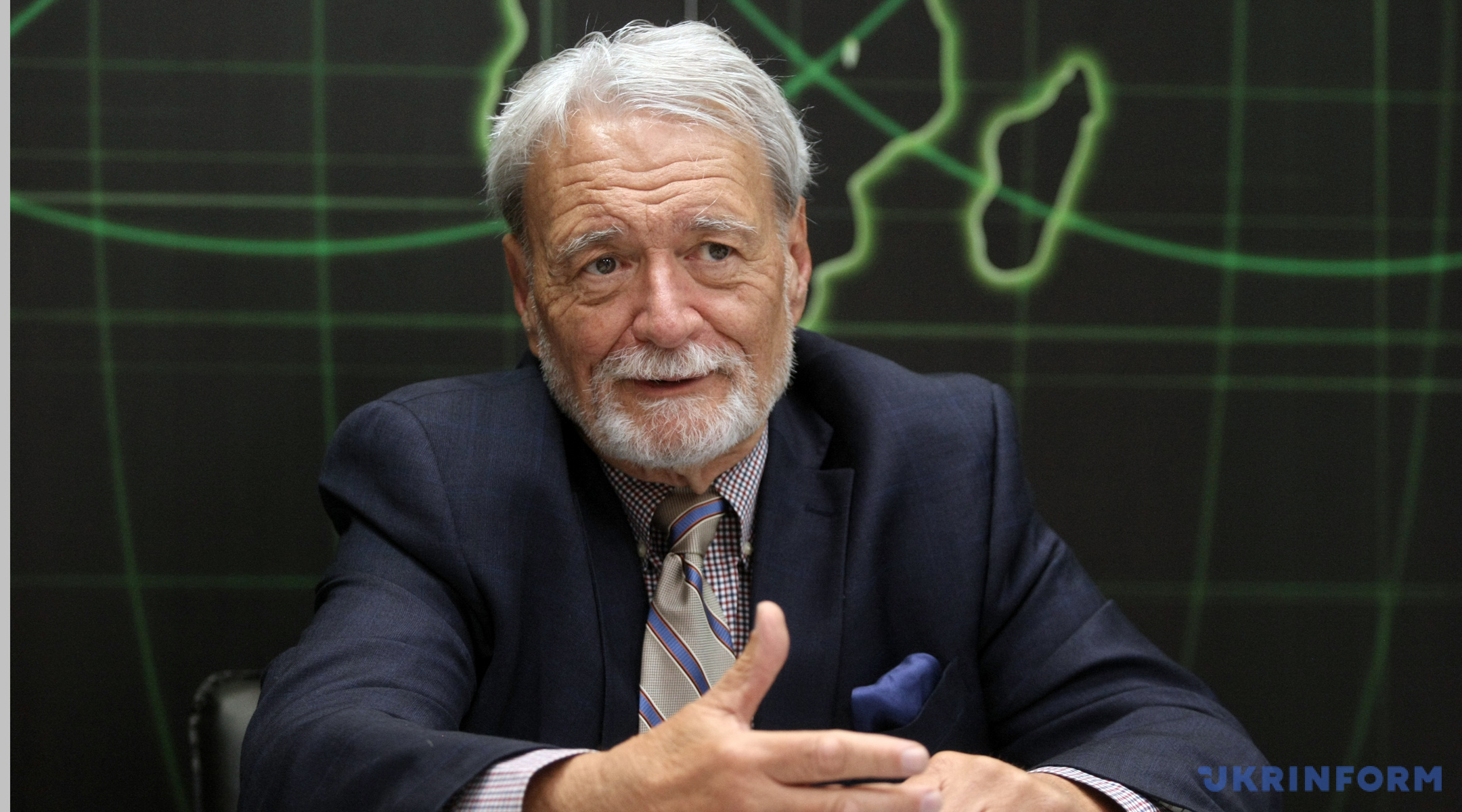
CONTINUED BUILDUP OF RUSSIAN TROOPS AT BORDER MEANS THAT THERE IS A CONSTANT THREAT THAT IS NOT INHIBITED BY WESTER'S REACTION
Question: The significant concentration of Russian troops on the border with Ukraine this spring caused great commotion. In your opinion, was Putin really going to launch an offensive in May? Perhaps he was stopped by a harsh reaction from world leaders, which he did not expect?
Answer: Since 2014, as shown on the map, Russia has deployed the following troops in the western direction and opposite Ukraine:
- three armies (moving the 20th Army closer, reconstituting the 1st Guards Army and 8th Guards;
- three corps (22nd in Crimea, 1st Donetsk and 2nd Luhansk in Donbas;
- six divisions;
- 22 combined-arms formations (brigades/regiments; 3 tank, 19 mechanized infantry).
Unfortunately, the scale of this military expansion against Ukraine was not widely recognized in NATO. Nevertheless, Russia’s aggressive military actions this year have drawn serious attention in the West. These include the preparations of a massive exercise, Zapad 2021, deployment to the Ukrainian border in Crimea of Russian forces from their central and southern military regions, massive resupply and storage of logistics and ammunition, concentration of naval forces (including reinforcements from the North Sea, Baltic and Caspian Seas to the Sea of Azov and the Black Sea), and establishment of new electronic warfare and wartime command and control.
And while the Russians have claimed that they have returned some of the troops brought forward, nevertheless they have admitted that the weapons and equipment remain for rapid re-introduction.
I cannot read Putin’s mind or intuit Russian intentions, but the continued buildup of forces and exploitation of their growing conventional position for coercion means there is a continuing threat that has not been inhibited by western response.
Question: According to your sources, how have the real numbers of Russian troops changed on the Ukrainian border during May?
Answer: The number of troops is hard to measure using “open sources” but the formations, weaponry and supporting assets are visible and from a military perspective a serious offensive threat can materialize rapidly within several weeks. As the Russians prepare for the next Zapad exercises which culminates in September 2021, it is likely we will see more aggressive military actions – it’s likely to be a very “hot summer”.
Question: It is well known globally that at those secret meetings the Russian Federation demands to leave Ukraine in its sphere of influence. Are Western partners (especially European ones) ready to accept such demands in exchange for economic cooperation with Russia and favorable agreements on Russia's concessions in other international conflicts?
Answer: Unfortunately, there is not a unified view within the West and there is a range of responses to Russian pressures. Poland and the Baltic Republics as well as even neutral countries like Sweden recognize a growing Russian threat. Elsewhere in Europe, countries that are not immediately in danger find it convenient to ignore Russian aggressive behavior under the illusion that the bear can be tamed with dialogue and business. In the United States and Britain, along with several other NATO allies on the flanks, there is a growing realization that allowing a Russian sphere of influence in Eastern Europe not only sacrifices the freedom and self-determination of peoples but sets the stage for future crises and “bloodlands.”
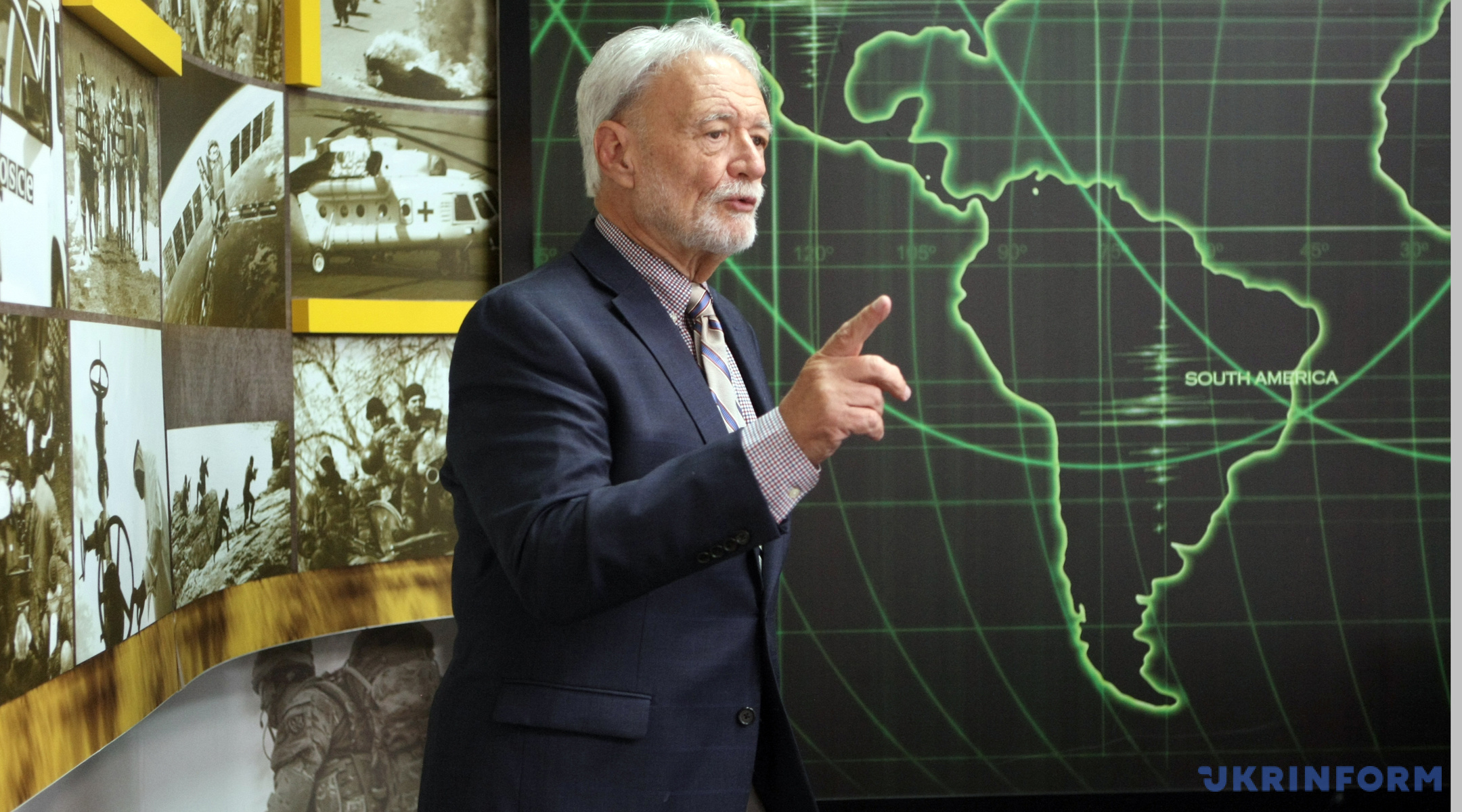
ADDING A 1000 KM FRONT ON BORDER WITH BELARUS NOT ONLY DISPERSES NUMBER OF UKRAINIAN TROOPS BUT ALSO INCREASES FINANCIAL COSTS
Question: The situation around Belarus has forced Ukraine to start talking about additional danger of aggression from this direction and more serious protection of a 1,084 km border. Can you access the danger of an attack from the territory of Belarus? Perhaps Russia is thus trying to disperse the Armed Forces?
Answer: Since September 2020 when president Lukashenko announced increased integration of his military with Russian forces to be tested during Zapad 2021 the threat from the north is real and requires defensive counteraction by Ukraine. Adding the 1,000 km of front not only disperses number of troops Ukraine needs but also increases the financial cost of defense. However, this combined Russian-Belarusian capability is not a threat to Ukraine alone. It is the dagger pointed at Warsaw and growing danger to the independence of the Baltic states. The West's response to the Zapad 2021 exercise should be Ukraine's immediate accession to NATO.
Question: If you remember the latest Israeli-Palestinian conflict and massive missile attacks, don’t you think that Russia can do the same especially because Ukraine doesn’t have the shield like Israel?
Answer: Missile technology is rapidly entering the new era in terms of range, velocity, accuracy and lethality. Israel`s Iron Dome is an affective tactical defense, but given the magnitude and breadth of Russian missile threat Ukraine requires anti-missiles defense at the operational level such as U.S. Patriot air defense system.
Question: Don’t you think that the West is failing and afraid to recognize that they cannot resist Putin as he uses his private military companies and hacks against the U.S.?
Answer: The West has been too slow in recognizing the danger from Russian sponsored proxies and mercenaries such as the Wagner group but let me point out that in 2018 when a Wagner group threatened U.S. forces in the Middle East they were destroyed by American airpower in four hours.
IF BIDEN AND PUTIN DO NOT AGREE, THERE WILL BE A SIGNIFICANT ARMS RACE AT STRATEGIC LEVEL
Question: What do you expect from the meeting of Biden and Putin? According to your forecast, will it be a kind of ceremonial meeting like the meeting between Trump and Kim Jong-un (without significant results), or will there be specific agreements?
Answer: In my opinion, President Biden faces a tough decision. Can a “modus vivendi” be reached where Russia and the United States can agree to and abide by certain agreed “rules of the road” in their relations? If not, that means there is going to be a significant arms race at the strategic level. This meeting is neither ceremonial nor pre-emptive surrender – but it is going to be a “learning moment” for President Biden and hopefully a “teaching moment” for Putin.
Iryna Kozhukhar
Photo credit: Yevhen Kotenko
